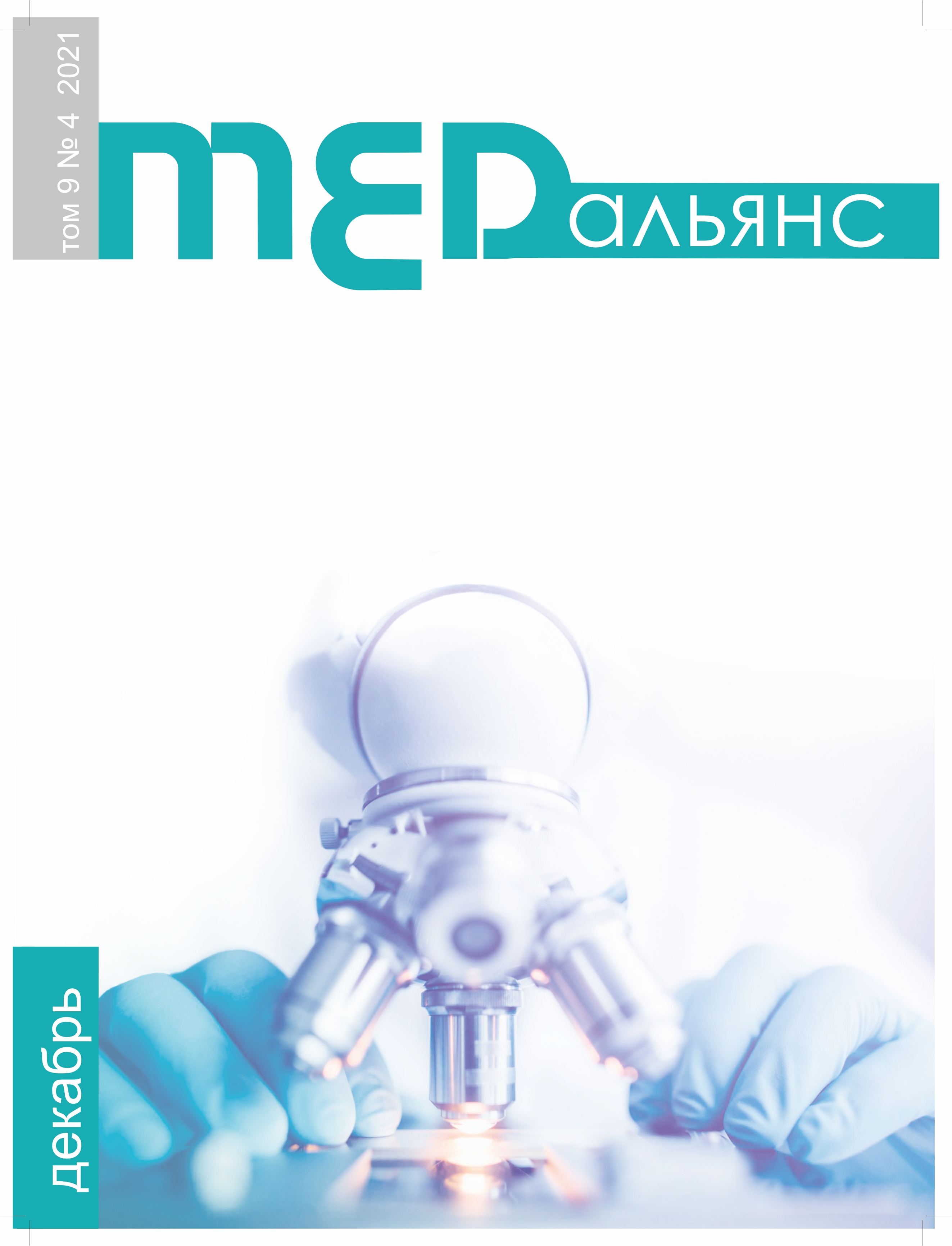Abstract
In the lungs of patients cured of tuberculosis, morphological changes persist, which in 33–94% of cases lead
to ventilation disorders and deterioration of the quality of life.
Objective: to study the ventilation function of the lungs in patients with post-tuberculosis changes and its relationship with the quality of life.
Materials and methods: 330 patients (204 males and 126 females aged 20–82) performed spirometry (FVC, FEV1, PEF, MMEF) and, bodyplethysmography (TLC, RV, FRC, IC). Quality of life was studied with mMRC and SGRQ.
Results. Рulmonary impairment was revealed in 52.1% patients: in 36.4% of cases — obstructive, in 9.1% — restrictive, and in 6.7% — mixed impairment. Significant dyspnea (according to mMRC) was seen in 13.0% of cases. Impaired health-related quality of life (according to SGRQ) — in 32.8% of cases. There are correlations between pulmonary function parameters and quality of life.
Conclusion. Taking into account the high frequency of ventilation disorders and impairment of quality of life, patients cured from pulmonary tuberculosis need regular spirometric monitoring and pulmonary rehabilitation.

